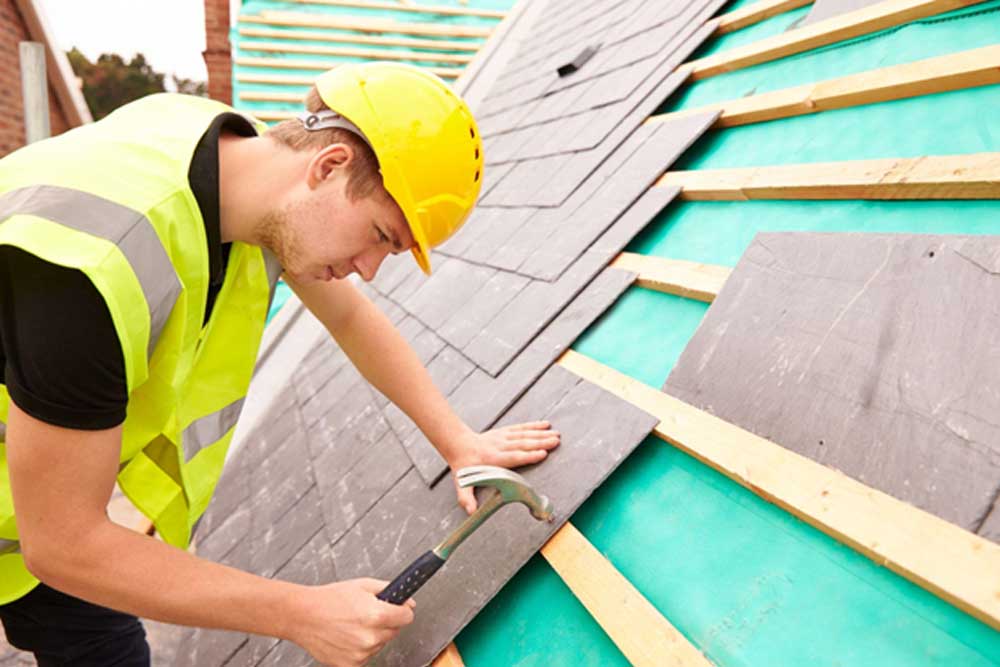
If you have ever seen a home being built, you’ve probably seen roofers installing many different materials to the roof besides the decorative tile or shingles. These layers hidden beneath the asphalt or metal do more than offer a surface for the shingles to cling to. In fact, without these additional layers of protection, modern residential and commercial roofs wouldn’t be nearly as resistant to water and wind.
Here are five layers of waterproofing hidden beneath the shingles of your roof and how they all work together to provide your home with the protection it deserves.
1. Your Home’s Framing
Every shield needs a sturdy frame. You may not think of your home’s framing as part of the roof, per se, but without a well-built foundation, even the best roof install will leak. This is especially true if your home is protected by heavy roofing materials such as steel or slate tiles, as your home’s trusses should be designed to carry the load.
2. Roof Decking
The lowest layer of the roof itself is the decking, which is generally plywood installed directly onto the trusses of the building. While perhaps the most simple layer, a poorly-installed roof deck can become the source of years worth of leaking and water damage, especially if not identified right away.
3. Ice and Water Shielding
Placed down next is an adhesive waterproof membrane called a water shield. This layer of plastic sealing is designed to withstand high outdoor temperatures while protecting from moisture, particularly for the plywood decking. This shielding, however, will break down when exposed to direct sunlight.
4. Underlayment
As odd as it may sound, a dependable roof needs the ability to “breathe” and dry out, especially after rainstorms. This is provided by the water-resistant felt layer installed above the water shield called the underlayment. This layer allows any collected humidity to evaporate between the water shielding and the shingles. Without it, mold and mildew can build up and cause a lot of unseen damage.
5. Flashings and Edges
If leaks are going to form anywhere, they’ll appear in the angles and gaps of the roof decking. Fortunately, no matter how custom and unique the shape of your roof, eave flashings, and drip edges have the solution. Often made of lightweight aluminum, these thin metal strips are installed above the underlayment upon the hips and valleys, providing a barrier against falling or pooling water.
Call Unified Roofing in St. George, Utah, for Residential Roofing Repair
The quality of a long-lasting roof depends upon much more than the shingles. That’s why the technicians at Unified Roofing provide only the absolute best materials and installation with every job: what lies beneath the surface is just as important. The next time your home springs a leak,
give us a call. We have the tools, talent, and experience needed to keep your roof maintained and repaired for years to come.



